| Sorted by date | |||
page123from Building Ideas
Two
independent channels of resistance proffer themselves against the ubiquity of
the Megalopolis and the exclusivity of sight. They presuppose a mediation of
the mind/body split in Western thought. They may be regarded as archaic agents
with which to counter the potential universality of rootless civilization. The
first of these is the tactile resilience of the place-form; the second is the
sensorium of the body. These two are posited here as interdependent, because
each is contingent on the other. The place-form is inaccessible to sight alone just
as simulacra exclude the tactile capacity of the body.23
While
the preoccupation with the body has become a progressive theme in recent
architecture, in Frampton’s work it remains tied to a somewhat reactionary
urban agenda – slightly too reminiscent of Heidegger’s nostalgic longing for
the “rooted” vernacular lifestyle of the pre-industrial Black Forest.
The Body in Space – Movement and Experience
Other architects who have worked on this
theme of the perceiving body in its relation to space have begun to break away
from the restrictive archetypes suggested by Frampton’s critical regionalism.
Among these might be counted Tadao Ando in Japan, Herzog and De Meuron in
Europe and Steven Holl in America. With each of these architects, as in Louis
Kahn’s work, there is a desire to articulate material qualities, in order to
heighten our perceptual awareness of the encounter between the body and the
world of things. In Holl’s own recent book Intertwining, he specifically
engaged with the work of Merleau-Ponty and even used the term “Kiasma” to label
his project for the Helsinki Art Museum. Among younger architects, Ben van
Berkel has also been exploring this theme of movement, particularly in the
Mobius House, recently completed. The design is based on interlocking
use-patterns and the sequence of possible movements throughout the day and it
|
|||
|
|||
|
|
Readingroom from Wu Huiping
1/11Go to Page:
 ... ...
... ... ... ...
... ... ... ...
... ... ... ...
... ...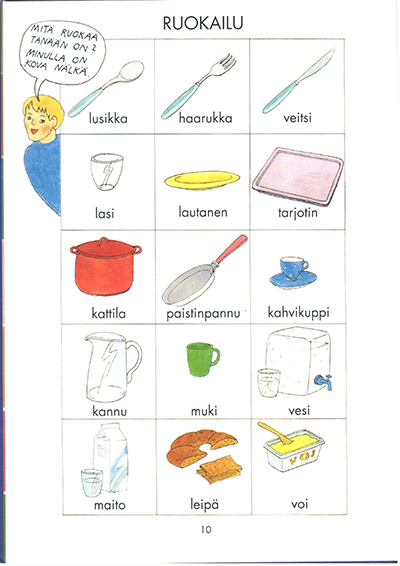 ... ...
... ...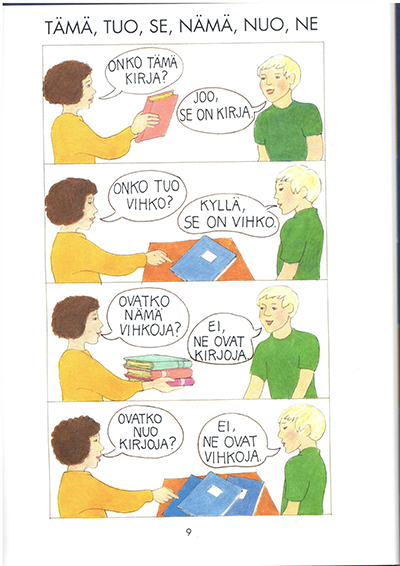 ... ...
... ...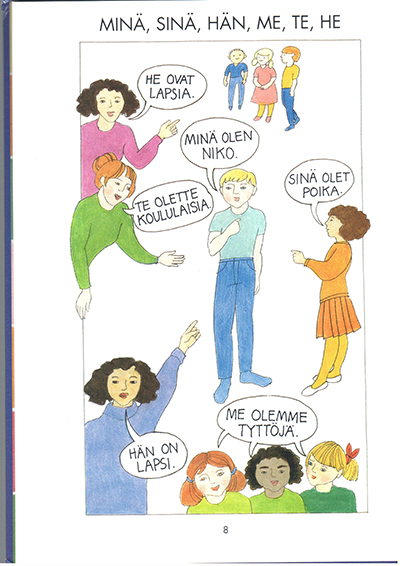 ... ...
... ...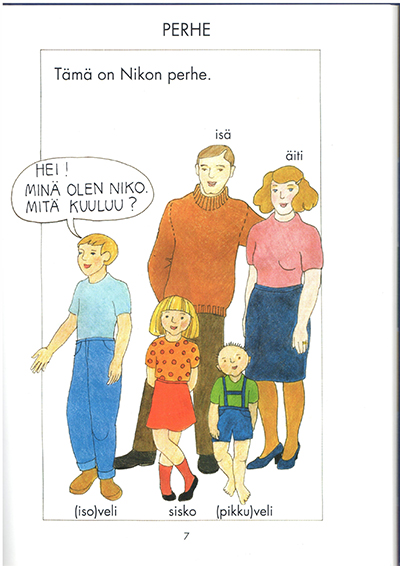 ... ...
... ... ... ...
... ...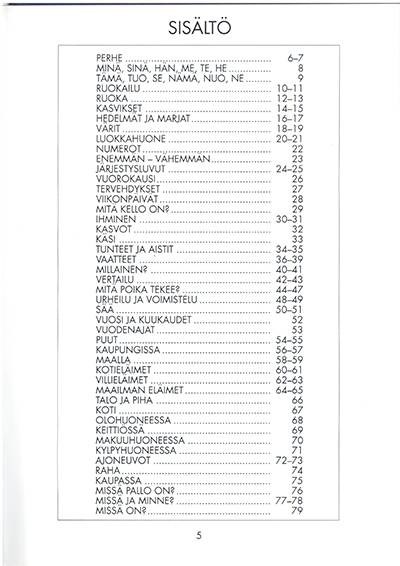 ... ...
... ... ... ...
... ... ... ...
... ...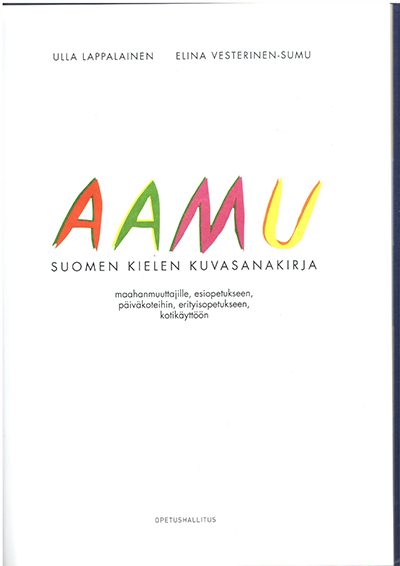 ... ...
... ...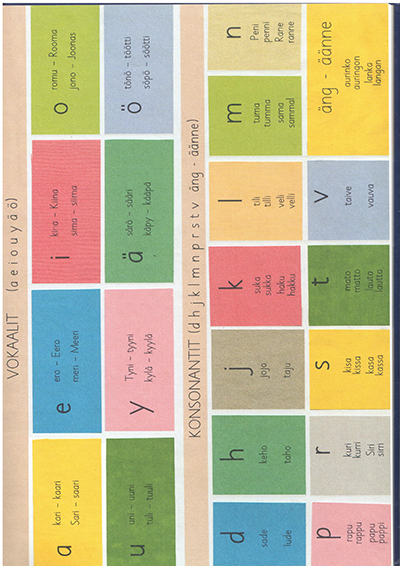 ... ...
... ...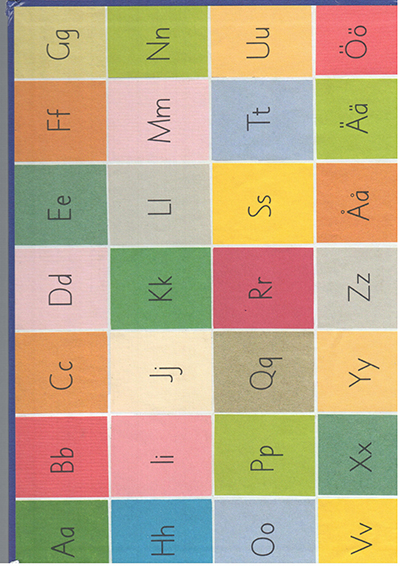 ... ...
... ...